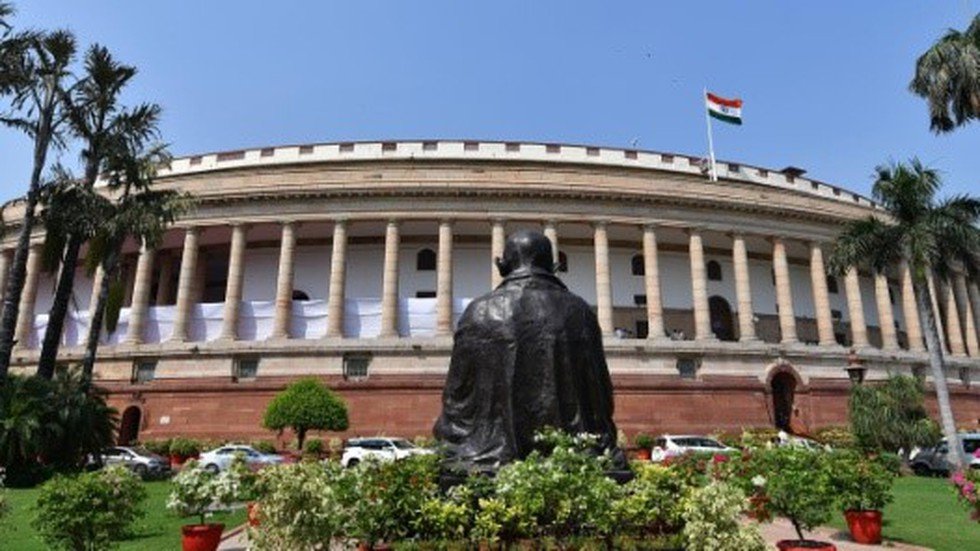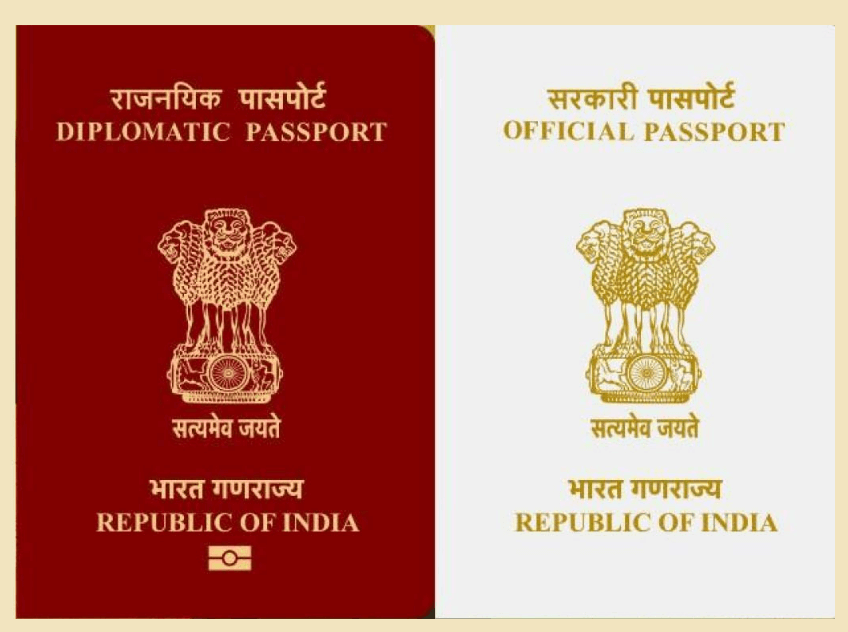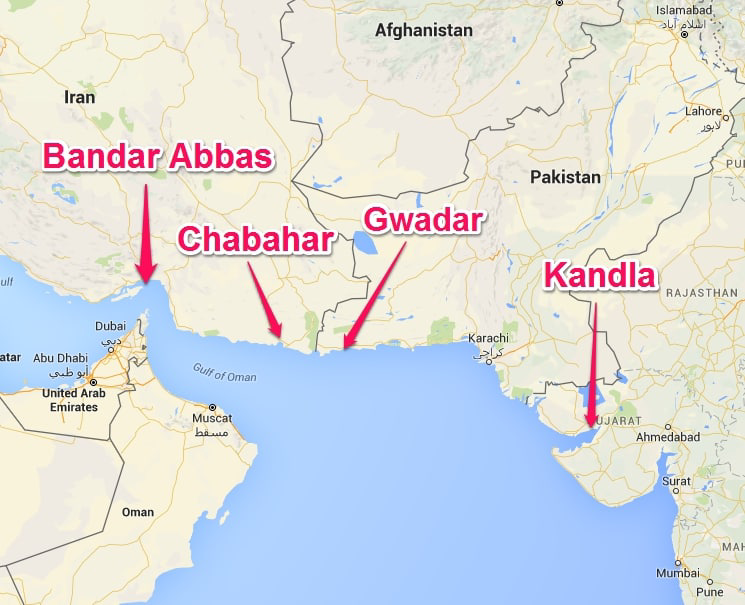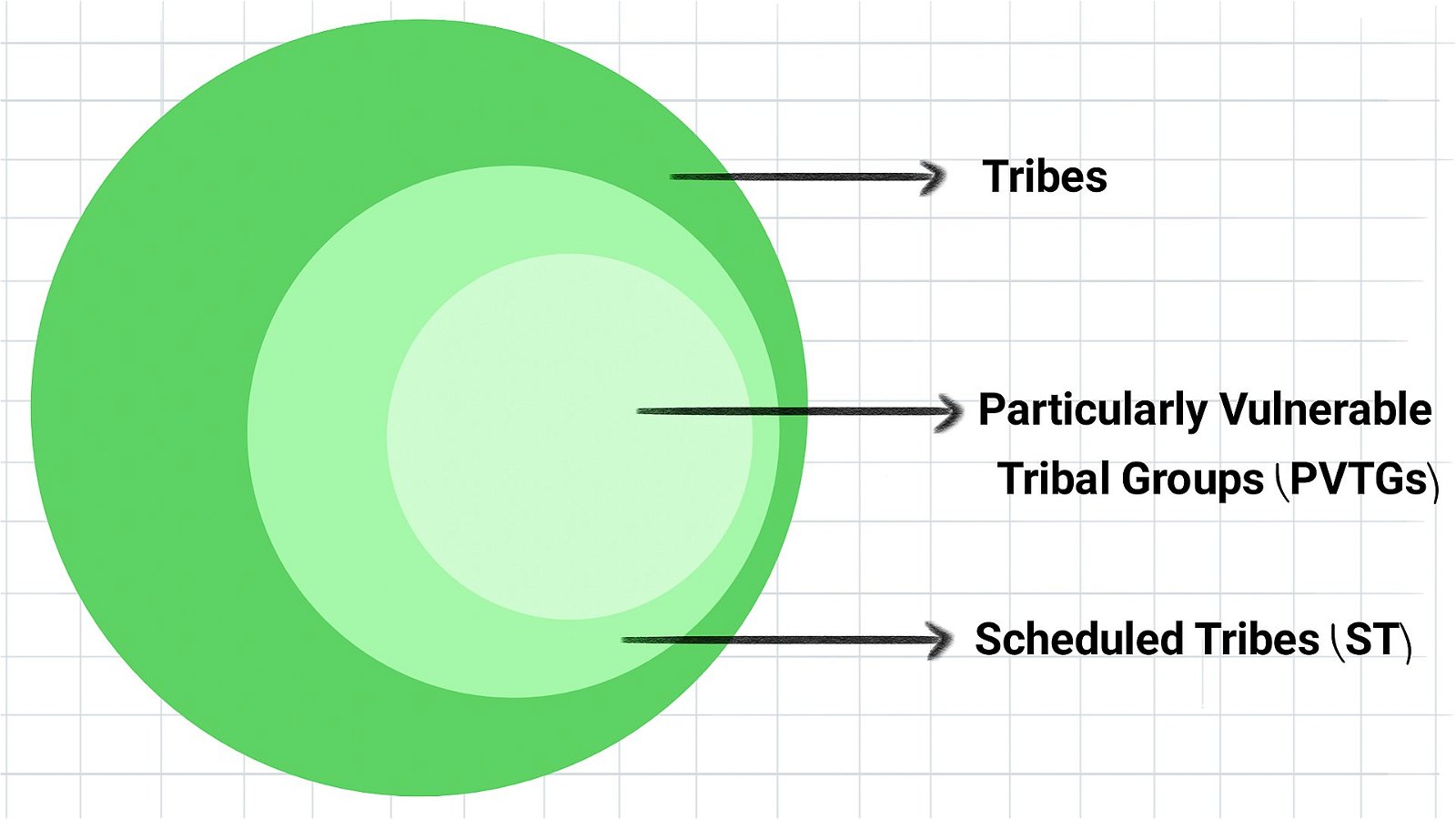
CDP-SURAKSHA
Subscribers of "Current Affairs" course can Download Daily Current Affairs in PDF/DOC
Subscribe to Never Miss an Important Update! Assured Discounts on New Products!
Must Join PMF IAS Telegram Channel & PMF IAS History Telegram Channel
- The GOI has devised a new platform for disbursing subsidies to horticulture farmers under the Cluster Development Programme (CDP), an initiative to promote horticulture crops.
Features of CDP-SURAKSHA
- The CDP-SURAKSHA is essentially a digital platform.
- SURAKSHA stands for “System for Unified Resource Allocation, Knowledge, and Secure Horticulture Assistance.”
- The platform will allow farmers to receive subsidies instantly in their bank accounts by utilising the e-RUPI voucher from the National Payments Corporation of India (NPCI).
- The platform allows access to farmers, vendors, implementing agencies (IA), cluster development agencies (CDAs), and officials of the National Horticulture Board (NHB).
- The CDP-SURAKSHA has features such as
- Database integration with PM-KISAN,
- Cloud-based server space from NIC,
- UIDAI validation,
- eRUPI integration,
- Local government directory (LGD),
- Content management system,
- Geotagging and geo-fencing.
National Payments Corporation of India (NPCI)
Services Offered by NPCI
|
Significance of the CDP-SURAKSHA
- The move seeks to push the growth of India’s horticulture sector, which contributes nearly one-third to the agriculture gross value addition (GVA).
- The total production of horticulture crops in India has spiked from 240.53 million tonnes (in 2010-11) to 334.60 million tonnes in 2020-21.
Horticulture Cluster Development Programme
- It is a central sector programme aimed at growing and developing identified horticulture clusters to make them globally competitive.
- Horticulture cluster is a regional/geographical concentration of targeted horticulture crops.
- It recognizes the importance of developing horticulture clusters across the country to assist farmers with small holdings through the formation of Farmer Producer Organizations (FPOs).
Implementation
- It is implemented (Nodal Agency) by the National Horticulture Board (NHB) of the Ministry of Agriculture and Farmers’ Welfare.
- The states of Arunachal Pradesh, Assam, West Bengal, Manipur, Mizoram, Jharkhand, Uttarakhand, etc. will also be included in the list of 55 clusters, identified with their focus/main crops.
- Earlier, in the pilot phase, it was implemented in 12 clusters covering 11 States/UTs.
- These clusters will be implemented by Cluster Development Agencies (CDAs), which are appointed based on the recommendations of the respective State/UT Government.
- A government or public sector entity, recommended by the state/central government, will be appointed as a Cluster Development Agency (CDA)
Objectives
- The CDP aims to improve exports of targeted crops by about 20% and create cluster-specific brands to enhance the competitiveness of cluster crops.
- To enhance competitiveness in the domestic and export markets in an integrated manner.
- To facilitate the introduction of innovative technologies and practices to help enhance the global competitiveness of focus cluster crops.
- Address all major issues related to the Indian horticulture sector, including pre-production, production, post-harvest management, logistics, marketing, and branding.
- Reduce harvest and post-harvest losses by developing, expanding, and upgrading the infrastructure for post-harvest handling of produce, value addition, and market linkages.
- To leverage geographical specialisation and promote integrated and market-led development of horticulture clusters.
- To converge with other government initiatives such as the Agriculture Infrastructure Fund.
- To build the capacity of stakeholders and enhance farmers’ income through cluster-specific interventions, including brand promotion.
Significance
- The CDP has great potential to transform the entire horticulture ecosystem by creating last-mile connectivity through the use of multimodal transport for efficient and timely evacuation and transportation of horticulture produce.
- It also will attract an estimated investment of INR 10,000 crore when implemented in all the 55 clusters.
Status of Indian Horticulture Sector
- India is the second-largest producer of horticulture crops globally, accounting for approximately 12% of the world’s production of fruits and vegetables.
- The area under horticulture crops increased to 25.5 million hectare in 2018-19, which is 20% of the total area under foodgrain, and produced 314 million tonnes.
- During 2019-20, horticulture sector has reached the highest ever horticulture production of 320.77 Million MT in the history of Indian horticulture.
- Top states in fruit production are Andhra Pradesh, Maharashtra and Uttar Pradesh
- Top states in Vegetable production are West Bengal, Uttar Pradesh and Madhya Pradesh.
- India leads the market in fruits, including mango, pomegranate, sapota, banana, acid lime, and aonla.
Initiatives for Horticulture
Mission for Integrated Development of Horticulture
- MIDH is a Centrally Sponsored Scheme for the holistic growth of the horticulture sector covering fruits, vegetables and other areas.
- Under MIDH, the GOI contributes 60% of the total outlay for developmental programmes in all the states (except North Eastern and Himalayan states, where the GOI contributes 90%), and state governments contribute 40%.
- It has five major schemes for horticulture:
- National Horticulture Mission (NHM)
- Horticulture Mission for North East and Himalayan States (HMNEH)
- National Horticulture Board (NHB)
- Coconut Development Board (CDB) &
- Central Institute of Horticulture (CIH), Nagaland
Project CHAMAN
- It stands for Coordinated Horticulture Assessment and Management using geo-informatics.
- It aims to make use of Geo-informatics to help the farmers and assist the horticulture segment of Indian agriculture.





![PMF IAS Environment for UPSC 2022-23 [paperback] PMF IAS [Nov 30, 2021]…](https://pmfias.b-cdn.net/wp-content/uploads/2024/04/pmfiasenvironmentforupsc2022-23paperbackpmfiasnov302021.jpg)










